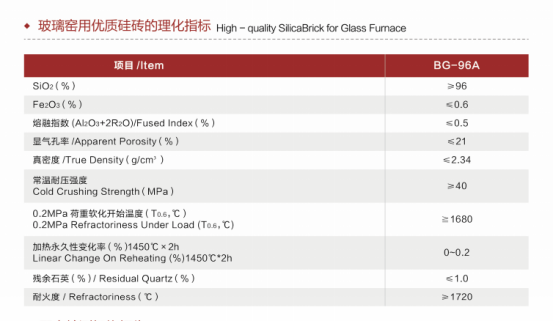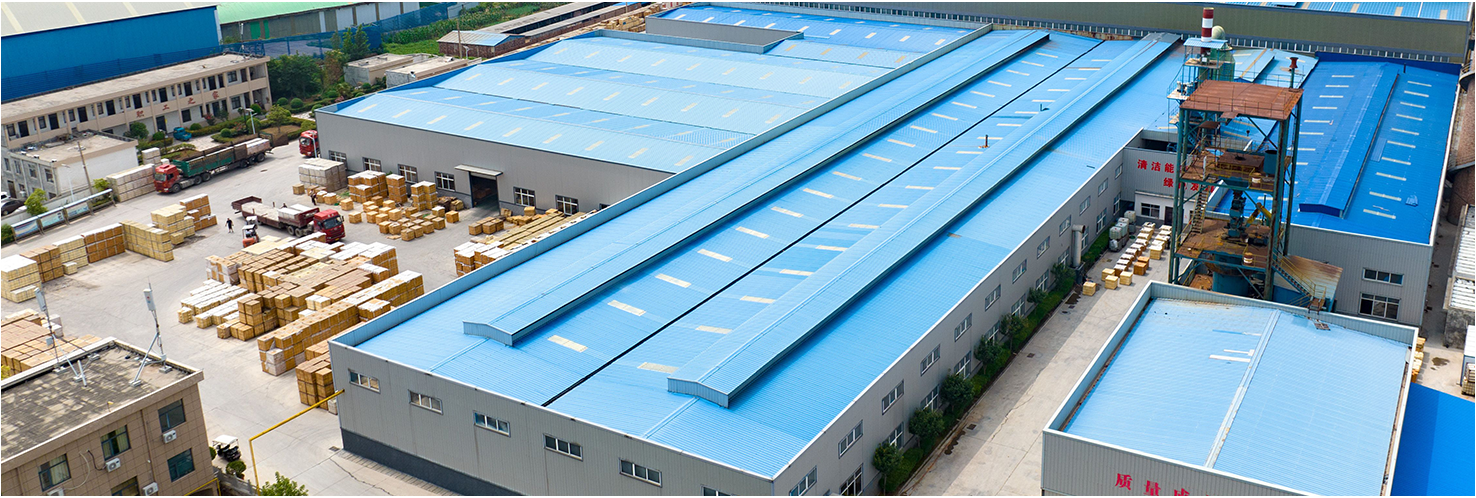PRODUCTS
Glass Kiln Silica Brick
Detailed Description
The refractory materials used in the slag line of the early ladle were directly combined with magnesia-chrome bricks, electric melting and then combined with magnesia-chrome bricks and other high-quality alkaline bricks. After MgO-C bricks were successfully used on converters, MgO-C bricks were also used in the slag line of the refining ladle, and good results were achieved. my country and Japan generally use resin-bonded MgO-C bricks with a carbon content of 12% to 20%, while Europe mostly uses asphalt-bonded MgO-C bricks, with a carbon content of about 10%.
The Kokura Steel Works of Sumitomo Metal Corporation in Japan used MgO-C bricks with MgO content of 83% and C content of 14-17% to replace directly bonded magnesia-chrome bricks in the VAD slag line, and the service life of the slag line was increased from 20 times to 30-32 times [9]. The LF refining ladle of Sendai Steel Plant in Japan used MgO-C bricks to replace magnesia-chrome bricks, and the service life of the slag line was increased from 20-25 times to 40 times, achieving good results. Osaka Ceramics Refractory Co., Ltd. studied the effects of carbon content and antioxidant type on the oxidation resistance, slag resistance and high temperature flexural strength of MgO-C bricks. The study shows that MgO-C bricks made of a mixture of fused magnesia and sintered magnesia, with 15% phosphorus graphite and a small amount of magnesium-aluminum alloy as antioxidants, have a good use effect. When used in a 100-ton LF ladle slag line, the damage rate is reduced by 20-30% compared with MgO-C bricks with a carbon content of 18% and no antioxidant, and the average erosion rate is 1.2-1.3 mm/furnace [1].
Since my country's refined ladle slag line bricks have adopted MgO-C bricks instead of magnesia-chrome bricks, the comprehensive use effect has been obvious. Baosteel Group Corporation's 300t ladle slag line began to use MT-14A magnesia-carbon bricks in July 1989, and the slag line life has remained above 100 times; the 150T electric furnace ladle slag line uses low-carbon magnesia-carbon bricks to smelt cord steel, with a tapping temperature of 1600℃~1670℃, which has achieved obvious results.
Our company specializes in the production of magnesia carbon bricks, aluminum-magnesia carbon bricks, non-carbon bricks for refined ladles, aluminum-silicon carbide carbon bricks for torpedo tanks, and new carbon-free magnesia bricks and various amorphous refractories, such as repair and gunning materials for converters, electric furnaces and ladles. We also provide vibration-formed products, such as ladle air bricks, air-permeable nozzle seat bricks, nozzle seat bricks and prefabricated components. We have developed into a comprehensive refractory enterprise integrating raw material research, deep processing and trade. Our laboratory has a full set of testing and inspection equipment. Our equipment can manufacture raw materials, finished products, test and inspect, and develop new products. We believe that science and technology is our guide. Therefore, we have obtained advanced technology at home and abroad, continuously improved product quality, scientific and technological content and inherent stability, thereby improving production technology and constantly updating our production equipment. We provide a full range of technical services according to the size and technical parameters of converters, electric arc furnaces and ladles according to customer requirements.
Silica brick parameters

Silica brick parameters










